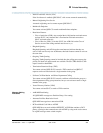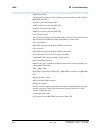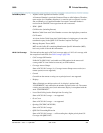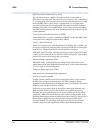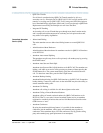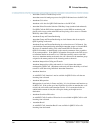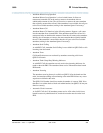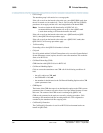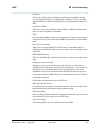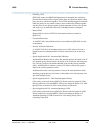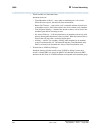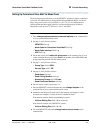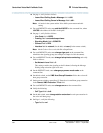
QSIG
391
Administration for Network Connectivity
555-233-504 — Issue 1 — April 2000 CID: 77730
B Private Networking
• Conference
If a user on a branch calls the attendant and conferences the attendant onto the
call, the attendant’s display is not updated with “conference”. There is no QSIG
standard defined for Conference and Definity has not implemented conference via
MSI.
• Centralized AUDIX
When a user zero’s out of AUDIX, if the host PBX is a QSIG-CAS branch, then
the call is sent to the QSIG-CAS attendant.
• DCS+
On an incoming attendant-seeking call, calling-party information may be received
at the branch if a call comes from another PBX in the network over a DCS ISDN
trunk.
• Dial Access to Attendant
When a user on a branch PBX dials the Dial Access to Attendant number, as
administered on the Dial Plan Record screen, the call is sent to an attendant on the
main PBX.
• DID/Tie/ISDN Intercept
DID, Tie, and ISDN trunk calls that are intercepted are sent to the attendant on the
main.
• Emergency access to attendant
Emergency access may be administered so that if stations are off hook for an
extended period of time, then a call is placed to the attendant, or a user can dial an
Emergency access to attendant feature access code. Emergency access to the
attendant does not go to the attendant on the main PBX. Instead, the call goes to
an attendant on the branch PBX. If there is no branch attendant, the call is denied.
• Facility Busy Indication
Facility Busy indication functions as for RLT-CAS.
• Individual Attendant Access
An attendant may be assigned an individual extension so that it is possible to dial
that attendant directly rather than dialing the attendant group.
• ISDN (non-QSIG)
On an incoming attendant-seeking call, calling party information may be received
at the branch for a call coming in over an ISDN trunk.
• Leave word calling
LWC Message Retrieval is not available for the branch PBX.



